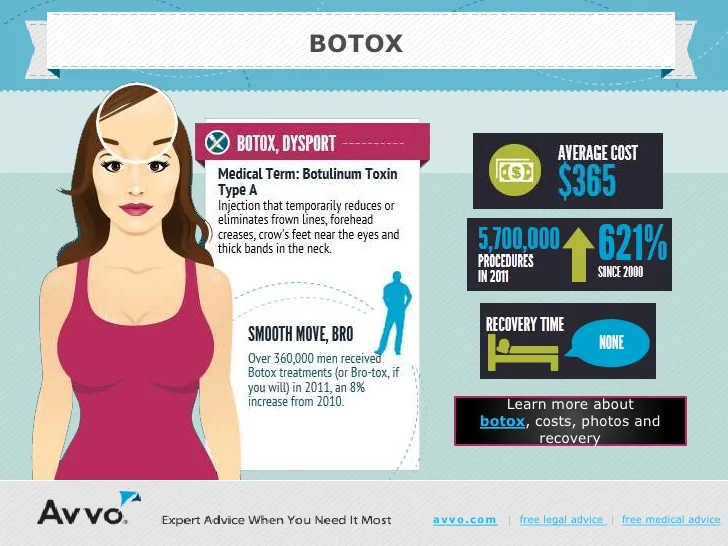Acne And Special Conditions
Acne And Special Conditions
Blog Article
Hormone Acne - What is Hormonal Acne?
Hormonal acne is characterized by stopped up pores and oily skin that commonly shows up on the chin and jawline. It occurs when hormone adjustments set off inflammation and bacterial overgrowth within hair roots.
Outbreaks might look like whiteheads, blackheads, papules or pustules and cysts or nodules in more serious situations. It is a lot more usual in teenagers experiencing the age of puberty yet can affect adults of any age.
What Causes Hormonal Acne?
While acne can be triggered by a range of aspects, consisting of making use of hair and skin treatment items that aren't oil-free or made with active ingredients that can obstruct pores, genetic predisposition, diet,2 and tension, the source is varying hormones. Hormonal acne happens when the body experiences hormonal changes and fluctuations that result in an overproduction of sebum, which causes swelling, increased development of microorganisms and adjustments in skin cell task.
Hormone acne is usually located on the reduced jawline, cheeks and neck yet can show up anywhere on the body. It is identified by imperfections that are cystic, excruciating and filled with pus or other material. It is also more likely to occur in females than males, specifically throughout adolescence, the menstrual cycle, pregnancy or menopause.
Age
While several children experience acne at some time throughout adolescence, it can continue to afflict adults well into adulthood. Called hormone acne, this type of breakout is tied to fluctuations in hormones and is typically most usual in females.
Hormone acne happens when oil glands produce too much sebum, which obstructs pores and catches dead skin cells. This causes the formation of blemishes, such as whiteheads, blackheads and papules, pustules, cysts or nodules, deep under the surface area.
This kind of acne typically causes pain, soreness and swelling. It might likewise be cyclical and show up around the very same time monthly, such as right before your period begins. This is since levels of female hormones like progesterone and oestrogen rise and fall with each menstruation.
Menstrual Cycle
Hormonal acne typically shows up in the lower part of your face, along the jawline and cheeks, as whiteheads, blackheads or inflammatory pimples (acnes and cysts). It's more than likely to appear around the time when your menstruation modifications.
Especially around ovulation, when estrogen and progesterone degrees get on the increase, hormone variations can trigger breakouts. Yet it's likewise possible to obtain acne at any type of point throughout your 28-day menstrual cycle.
If you notice that your hormone acne flares up right prior to your duration, try seeing when specifically this occurs and see if it relates to the stages of your 28-day menstrual cycle. This will aid you identify the root causes of your skin difficulties. For instance, you might wish to deal with stabilizing your blood sugar level and eliminating high-sugar foods, or take into consideration a prescription medicine like spironolactone that can regulate your hormonal agents.
Maternity
Growing click here a child is a time of remarkable hormone modifications. For many females, this consists of a flare-up of hormonal acne. This sort of breakout commonly starts in the first trimester, around week 6. It's caused by hormonal agent surges that boost sebaceous glands to make even more oil, which can clog pores and create more bacteria to develop.
Breakouts might also take place as a result of pre-existing conditions like polycystic ovary syndrome, which can additionally be a concern during pregnancy and menopause. Likewise, some sorts of birth control pills (such as Ortho Tri-Cyclen and YAZ) can cause hormonal acne in some females.
Fortunately, the majority of acne treatments are "no-go" for expectant women (consisting of popular acne-fighting active ingredients such as isotretinoin and spironolactone). But if you can not avoid those frustrating bumps, your doctor might prescribe dental erythromycin or cephalexin, which are safe while pregnant.
Menopause
As women come close to menopause, the estrogen levels that triggered their hormone acne to flare up throughout puberty start to stabilize and reduce. At the same time, nonetheless, a spike in androgens (also referred to as male hormonal agents) happens due to the fact that these hormones can not be converted into estrogen as properly as before.
The extra of androgens can trigger oil production by the sweat glands, which clogs pores. When the stopped up pores come to be irritated and aggravated, an acne types.
Hormone acne is generally seen on the face, specifically around the chin and jawline, but it can happen on the neck, back, shoulders, or upper body. This type of acne has a tendency to flare up in an intermittent pattern, comparable to the menstrual cycle. Anxiety, which increases cortisol and throws hormonal agents out of equilibrium, also adds to the breakouts.